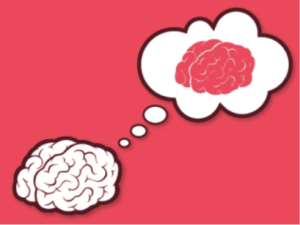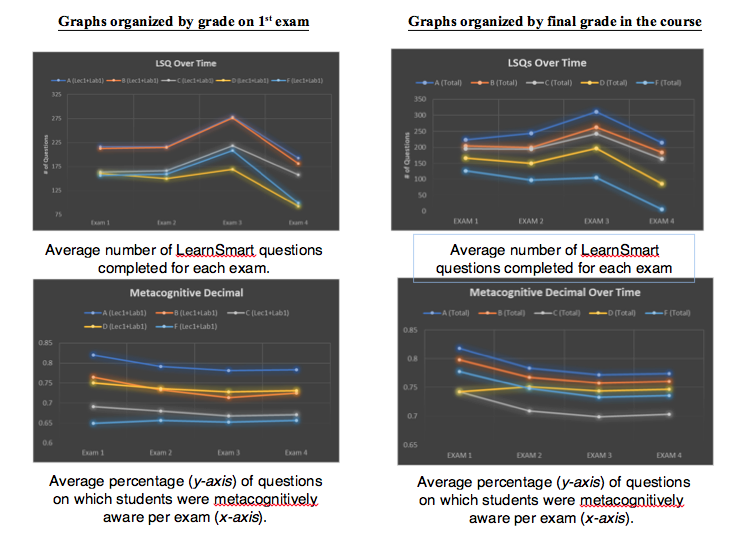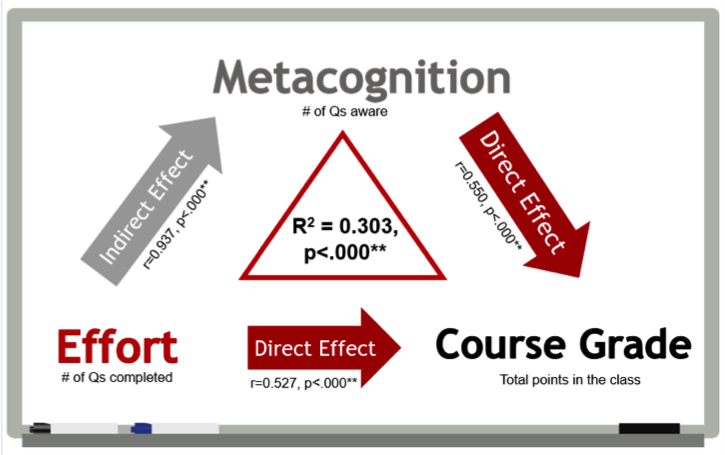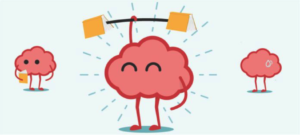by Audra Schaefer, Ph.D., Assistant Professor of Neurobiology & Anatomical Sciences, University of Mississippi Medical Center
Intro: This guest editor miniseries, “The Evolution of Metacognition”, examines metacognition of students at various stages of education (undergraduate, graduate and professional), so is fitting to wrap up this miniseries on the evolution of metacognition with discussion of faculty and metacognitive instruction. As educators we often find ourselves focused on enhancing the metacognition of our students. Yet, in order for us to continue to improve/develop as teachers it is important for us to apply similar metacognitive approaches to our teaching. This final post of the series will include my experiences in being a metacognitively aware educator and evidence-based suggestions for educators at any level who are looking to employ metacognition in their teaching. ~ Audra Schaefer, PhD, guest editor
————————————————————————————————
Being a teacher is not simple. Teaching goes well beyond a content expert delivering information into the minds of students. Harden and Crosby (2000) describe twelve roles of teachers that can be grouped into the broader roles of information provider, role model, facilitator, examiner, planner and resource developer. Effectively carrying out all of these roles can become a time consuming process, and while our focus is on our students, it’s important for us to step back and reflect on ourselves. How effectively are we carrying out the various roles we manage in the process of teaching?
This seemingly straightforward question can be complicated to answer. Assessing yourself in the various roles encompassed by teaching may fall to the side when an instructor is unsure how to perform those roles in the first place. Educators in higher education often receive little to no explicit training in effective teaching methods and likely aren’t receiving much experience with learning theories. So, naturally, instructors end up doing what they experienced as a student or mimicking what their colleagues are doing in class. While this isn’t inherently problematic, simply doing it because that is what you experienced, or even because it works for someone else, is insufficient reasoning to keep doing it.
A metacognitive instructor asks why they are proceeding in a particular manner. How does this approach help you reach the goals you have for your course? How does it help your students achieve the objectives you’ve set for them? By the time an individual begins teaching at any level they’ve encountered plenty of situations that required them to apply problem-solving skills, be it in daily life or applying the scientific method to research. Why then as educators would we not apply the same concepts to our teaching?
What additional kinds of questions can, and perhaps should, metacognitive instructors be asking themselves? If we consider that planning, monitoring and evaluating are all core components of metacognitive regulation (Schraw, 2006), these provide logical stages for instructors to reflect. In my own experience, being reflective in each step is incredibly useful for improving the same session in future semesters, as well as preparing for other similar sessions. The following are examples of questions I frequently ask myself, and if you’re interested in finding additional questions, Kimberly Tanner (2012) has a well-written article that provides numerous questions for faculty to ask students and to ask themselves in an effort to promote metacognition.
When planning a course or class session, consider not only what your goals are for that course or session, but how you plan to reach those goals. What do students already know about the topic for that session and how do you know what they know?
In the middle of a class session it is useful to keep tabs on the session pace and to be adaptable in the moment to make improvements as you go. What do I notice about student behavior in a given session and what might be the cause? After a session, and after a course is completed I also take the time to think about how I want to change things and why I want to change them in the future. A common thread here being the “why”. Why do I do what I do? Why did the students respond the way they did? Why would I make a particular change?
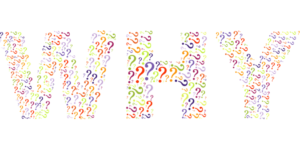
Finally, I’ve found modeling metacognitive behaviors to be quite useful with my students (Tanner, 2012). When discussing challenging topics with students I make a deliberate effort to think about what aspects of that topic gave me difficulty when I first learned it, and then I make a point to explain that topic to the students in a way that helped me (or past students) make sense of it.
For example, in neuroanatomy there are numerous pathways in the brain and spinal cord that become confusing very quickly. I frequently teach these by creating the same simplified drawings I made as a student to sort out these pathways. I also encourage students to draw with me in class to engage them during a lecture, and numerous students have commented that they begin drawing on their own while studying, an approach that they had not previously used.
I also make a point to model how to proceed when faced with a limitation in my knowledge. This has become an important goal for me in my teaching because I’ve noticed many students struggle to recognize what they do and do not know, or struggle with how to proceed when they don’t know something. Earlier in this miniseries, Dr. Husmann and Dr. Hoffman each provided examples of undergraduate and medical students struggling with metacognition, demonstrating that these difficulties span multiple educational levels. We can shape our instruction to students of any educational stage to gain a sense of their current skill level(s) and adjust our teaching to help improve those skills.
In class, when I am inevitably asked a question to which I do not have an answer, I own it and don’t make a big deal out of it. I share what I do know and then proceed to either have them help me research the answer, or I follow up with them to be sure that we’ve all learned from it. Although I haven’t explicitly assessed whether it’s having any effect on students, I am getting little bits of data to suggest there are at least a few students who’ve noticed. One of my favorites is this comment from a medical student after completing a neuroscience course I taught, “If she has taught me anything (besides a lot of Neuro) is that it is okay to not know the answer, we aren’t always going to know everything and it’s completely okay.”
As educators, at any level, we serve as role models. If we expect our students to become better at regulating their learning, we should expect the same of ourselves. In the first post of this miniseries Caroline Mueller discussed how as a graduate student she is working to implement metacognitive approaches to both her learning and teaching. Regardless of your experience with teaching, metacognitive instruction can help you continue to improve. Our attitudes and mindset are important for setting the tone for a classroom environment. If we aim to help our students develop their metacognitive skills, we should aim to do so ourselves.
Harden, R.M., & J. Crosby. (2000). AMEE Guide No 20: The good teacher is more than a lecturer – the twelve roles of the teacher. Medical Teacher, 22:4, 334-347.
Schraw, G., Crippen, K.J., & K. Hartley. (2006). Promoting self-regulation in science education: Metacognition as a part of a broader perspective on learning. Research in Science Education, 36, 111-139.
Tanner, K.D. (2012). Promoting Student Metacognition. CBE – Life Sciences Education, 11, 113-120. [https://www.improvewithmetacognition.com/promoting-student-metacognition/]
